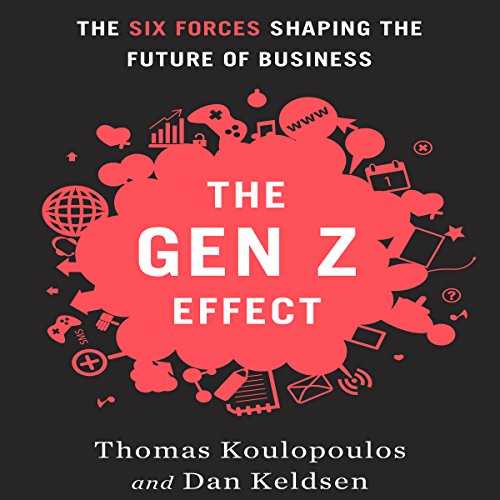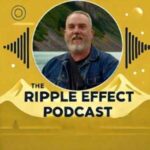Businesses have often categorized a prospect’s attitudes and behaviors based on external forces that occur during the formative years of the generation. These stereotypes have been a handy way to better target marketing efforts based on their proclivity to respond to certain types of offers. More recently, many have attempted to define the generation born between 1997 and 2012 as Gen Z. However, upon closer examination, Gen Z is not simply a generation such as Baby Boomers, Gen X, Millennials, and Gen Y. Gen Z has experienced a series of forces during their formative years that not only defined this generational cohort but has redefined all the previous generations by blurring the traditional generational boundaries in what is known as “The Gen Z Effect.”
Businesses that hope to succeed in the future must recognize and understand the forces that make up The Gen Z Effect. Essentially, technological advances have been the underpinnings that have defined Gen Z. These technologies have become both affordable and easy enough to use that other generations have adopted them almost as readily as Gen Z, which is known as the first generation of true digital natives. Members of The Silent Generation and Baby Boomers are using iPads to Zoom with their grandkids and attending online college courses as part of lifelong learning. Technology is no longer a force that separates generations as it once was, but one that unites them.
According to Thomas Koulopoulos and Dan Keldsen, the authors of The Gen Z Effect, six forces are shrinking the generational divide.
- Breaking Generations
- Hyper-Connectivity
- Slingshotting
- From Affluence to Influence
- The World as My Classroom
- Life Hacking
These forces are shaping how we behave, how we apply technology to our lives, how we live and work, and even how we play. And each of these forces will profoundly impact business and politics in the future. Let’s examine each force in a bit more detail.
Breaking Generations
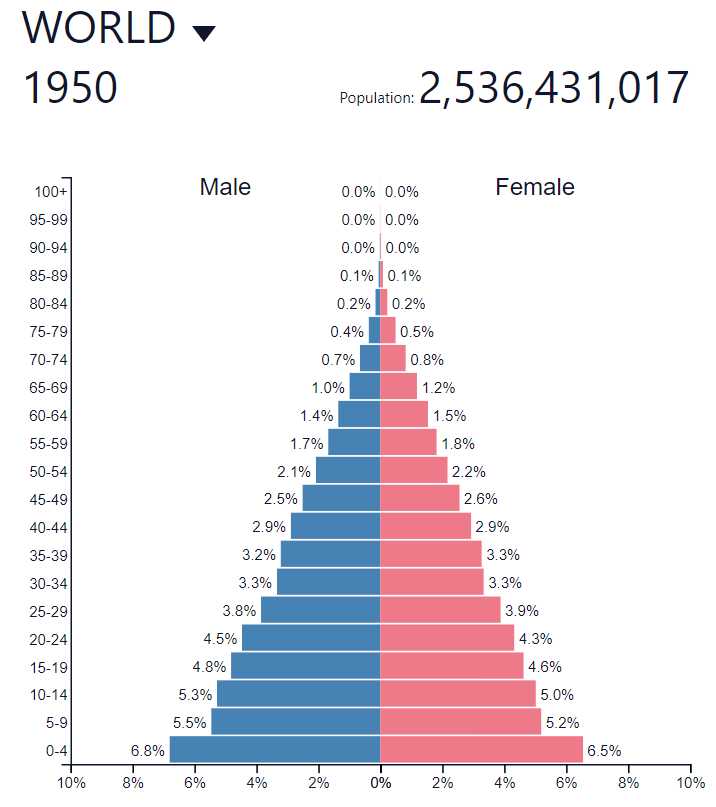
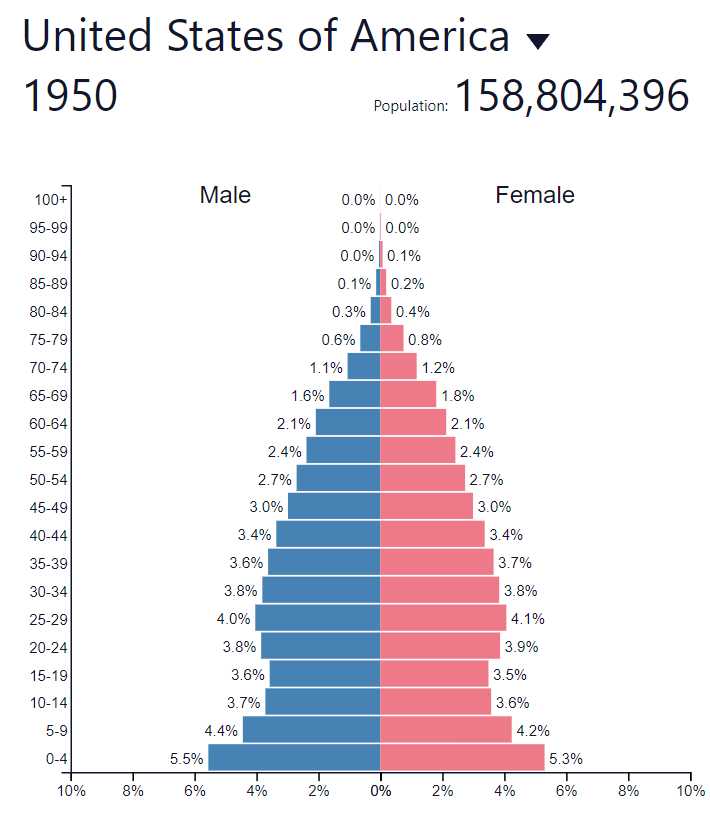
For 5,000 years until 1950, the population grew while the older generations died off, creating a kind of population pyramid. In 1950, for every person aged 60 to 64, there were approximately 4.6 people aged 0 to 4.
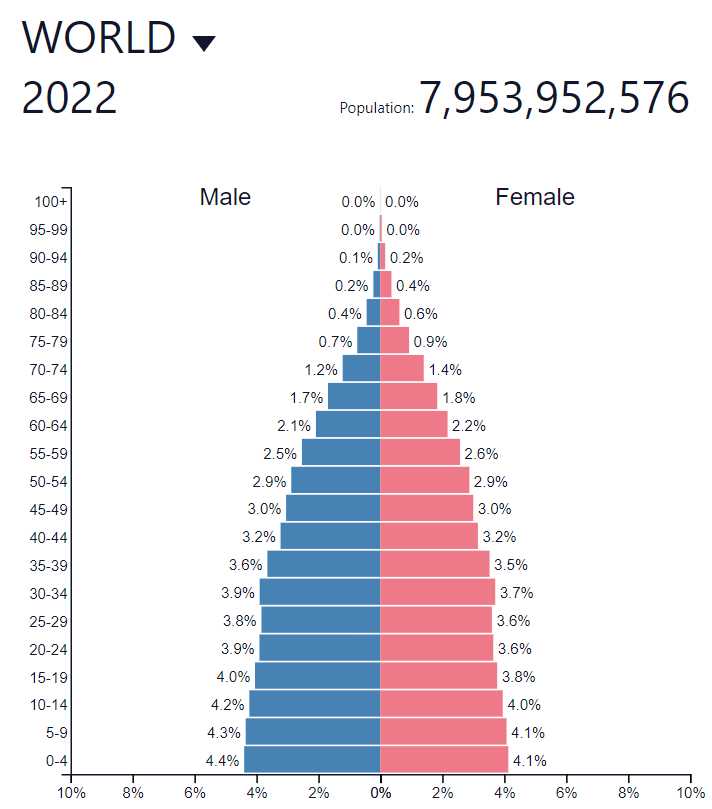
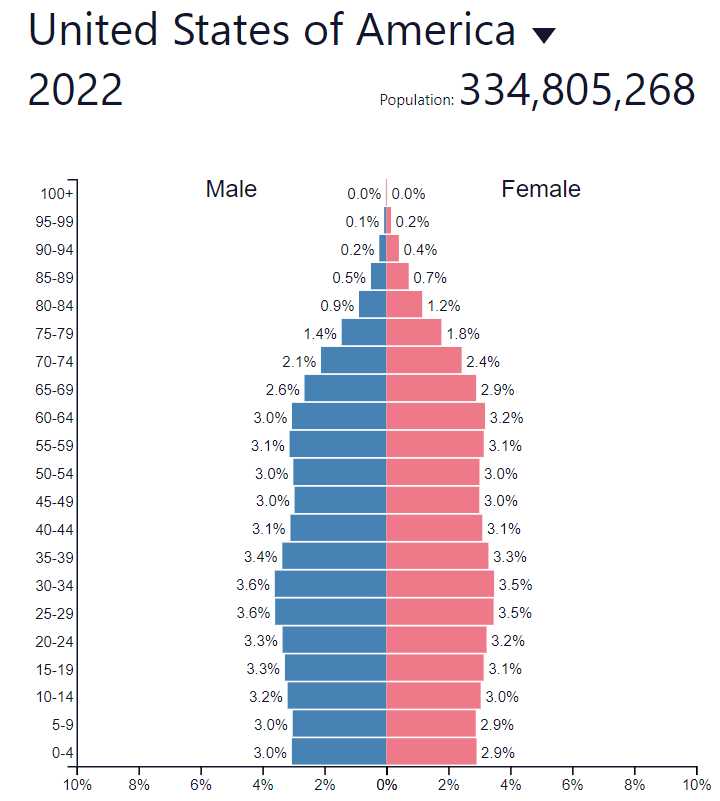
However, since 1950, the population pyramid grew taller but not wider at the base. For each five-year age band since 1950, the population remained relatively similar to the previous age band. Today, for every person aged 60 to 64, there are approximately only 2 people aged 0 to 4. It is estimated that by 2080, this ratio will be1 for 1.
Not only are people living longer, but they are also working longer. The older generations are not ready to unplug from their work life and retire. This means that today, as many as five generations are working side by side in a single organization.
The notion of having a work-life balance and retiring to enjoy their golden years is really an artifact of the past defined by our human physical limitations associated with the agrarian and industrial eras. Today, many of us are knowledge workers who can physically work well beyond the traditional retirement age of 65 to 67.
For many of us, we no longer punch a clock at the end of the day and go home. The separation between our work-life and our home-life has blurred during the Gen Z years. With technological advances, today’s workers are no longer looking for work-life balance but for work-life integration.
Laptops introduced during the Millennial generation initially allowed us to take our work home at the end of the workday. Then mobile devices introduced during the Gen Z generation accelerated the deterioration of the concept of a work-life balance and tethered us to work 24 hours a day, seven days a week. The pandemic was the next event that obliterated the idea of work-life balance as more and more people worked from home, sticking a fork in the idea of creating a work-life balance and ushering in the era of work-life integration.
Today, workers of all generations use laptops and mobile devices and continue to work side-by-side much more and for many more years than ever before. As a result, each generational cohort is more tolerant and respectful of other generations and has developed the ability to collaborate across generations, breaking down many of the traditional generational divides.
Hyper-Connectivity
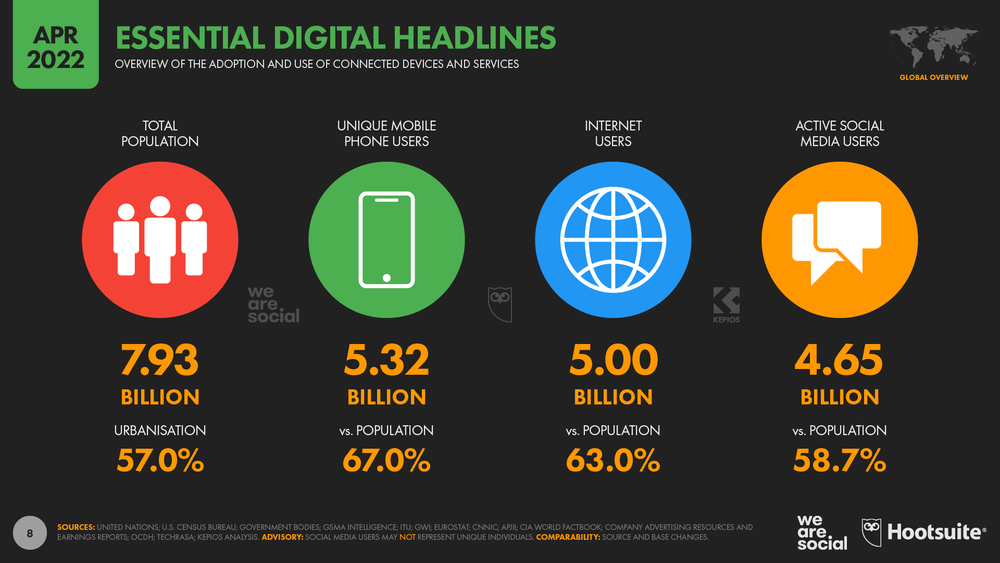
According to Hootsuite, over 5 billion people, or about two-thirds of the world’s population, have access to the Internet today, and it continues to grow. The latest data suggests that the world’s connected population grew by almost 200 million in the 12 months from April 2021 to April 2022.
In addition to the Internet, microchips have seen a huge proliferation in about every product we use. As we emerged from the pandemic, we experienced microchip supply chain disruptions and were reminded that microchips exist everywhere. Not only are microchips used in our computing devices such as desktops, tablets, and mobile devices, but there are, on average, more than 100 microchips in each automobile. Then, there are the microchips in sensors and surveillance devices, not to mention in every IoT device. In fact, according to TechJury, in 2021, the number of IoT devices alone topped 46 billion and is predicted to surpass 125 billion by 2030.
Now, these staggering numbers only account for human-to-machine connections. When you factor in machine-to-machine connections, the number gets too high to measure, much less comprehend.
RetailNext, which is just one of many retail analytics businesses, measures the behavior of more than three billion shoppers per year by collecting data from over 100,000 sensors in retail stores and analyzing trillions of data points annually. It’s not just the connections but the data and the analysis of that data that truly provides the opportunity to move forward into an era where behavioral science will play a far more critical role in marketing, rendering a marketer’s reliance on attitudes and behaviors based on generational cohorts moot.
How consumers interact with the objects around them in a hyper-connected world will change how we target attitudes and behaviors profoundly.
Slingshotting
Slingshotting is the migration away from technology that inherently has a barrier to adoption to simplifying the accessibility and functionality of data so it is available to anyone at all times without cost of access.
Internet access is becoming a fundamental human right because you can’t even access food and water without it.
Growing up, I not only had to deal with all kinds of technology, but I built my career developing user manuals and training courses to teach people how to use the complex technology of the day. Today, if you buy something and need a user manual to use it, there is a problem with the design. More and more things we interact with daily are intuitive and no longer require a steep learning curve and the friction associated with adopting the new technology.
I started my career working with minicomputers where the human interface was a panel of switches that you used to enter binary codes into the computer. To use the computer, you needed knowledge of programming. Later, technology progressed to the point where the human interface was a terminal that used ASCII characters to enter variables in the form of commands, names, and numbers into the computer to make it perform an action. Eventually, these terminals were replaced by PCs with graphical user interfaces, made more transportable with the advent of laptops, tablets, and today, mobile devices. Each step of progress required me to learn fewer new skills to leap from one technology to the next.
My grandson Dominik, who is a Gen Z, was using an iPad to play games long before he could even read. Rather than building upon a learning curve of past products to operate a device, today’s interface with devices has simplified the accessibility so that even a small child can pick up a device and understand how to operate it. That is the concept embraced by Slingshotting, which is the ability to bypass the requisite understanding of all prior technologies on the path to adoption.
Slingshotting is fundamental in that it no longer creates generational behavior based on the technology and shared experiences of the day. Today, more people with the desire, regardless of age, can adopt new technology without dealing with a lengthy learning curve and prerequisite knowledge. Not to say that there is no learning curve, but simply that devices are becoming so much more intuitive to use. Therefore, we are experiencing mass adoption of technology across all generations that were once limited to only a single generation.
From Affluence to Influence
Influence, not money, is the new currency of commerce. Today, there is a big divide between the rich people of this world and the poorest. Historically, if you had money, you could buy influence. You could contribute to political campaigns to shape legislation or sway public opinion with huge ad spends. You could even buy your way onto a corporate board to influence the direction of a business. However, with the ubiquity of Internet access, the ability to influence outcomes is challenging this paradigm. Consider how #OccupyWallStreet, #BlackLivesMatter, and the #MeToo movements have influenced the narrative and spawned social change. Also, consider how influencers affected change at Uber (#DeleteUber) and the NFL (#BoycottNFL), and many others that caused corporations to change their ways.
However, the rise of influence as a currency to shape our world is a double-edged sword that cuts both ways. The tension between affluence and influencers to control the narrative has become very evident today as large corporations, the tools of the affluent, have censored influencers who challenge their dominance. Influence is being used for both good and evil, and Gen Z knows how to use the lens of influence.
Think about how commercial, political, and social organizations are changing due to this shift from Affluence to Influence. The rise of influence as a currency allows relative newcomers to challenge entrenched dogmas historically reserved for older, well-connected, and more affluent generations.
The World as My Classroom
In the past, the only way to learn a new skill was to attend a course or lecture in a traditional classroom or read a bunch of books. This is no longer the case today. Consider the rise of Massively Open Online Courses or MOOCs, such as the nonprofit Khan Academy, whose mission is to provide free, world-class education for anyone, anywhere. Or YouTube channels like CrashCourse, which I personally support through Patreon, that offer digestible and entertaining high school and college-level programs ranging from the humanities to the sciences. Today, even prestigious colleges and universities such as Columbia, Cornell, Harvard, MIT, and a host of others provide several free online classes and lectures.
More recently, lockdowns caused by the pandemic accelerated the mass adoption of online learning. A rise in education has historically proven to move any society or economy forward and increase prosperity.
“The greatest catalyst of economic change over the course of the 20th century was the G.I. Bill and the fact that it created this enormous pool of very talented knowledge workers that ultimately reshaped not just the face of the United States but the face of the world.”
Peter Drucker
Life Hacking
Life hacking is a mechanism by which you can develop businesses and experiment with new ideas that simply didn’t exist before, thus democratizing the process of innovation
Consider the concept of turning bits into atoms using 3d printers. 3d printers allow anybody to become an innovator at a very low cost. This single invention allows virtually anyone to create MVPs to test new product ideas and develop multiple iterations until the design is perfected, which once took vast amounts of capital.
In the past, we used to place a significant emphasis on drafting a comprehensive business plan to justify large capital investments in the research and development of a new idea. Today, anyone with an idea can go to a public library or MakerSpace and use their 3d printer equipment or other equipment to produce a product that once required a factory to create.
Today, it is so much easier to try and fail and keep trying and failing some more until you get it right without breaking the bank. The manufacturing of low-cost prototypes has created a monumental acceleration in the ability to explore new ideas previously reserved for large corporations and learning institutions with big wallets. Another form of life hacking is the rise in the use of Crowdfunding platforms, making access to capital available to anyone with an idea for a product or to enact social change. With crowdfunding, the market votes on the idea’s value with their wallet, meaning a valid idea that solves a perceived problem can get funded. Many ideas that could never have been funded through more traditional means, such as debt or traditional investors, are funded by small supporters through contributions and donations.
Conclusions
The old paradigm of looking at generations based on their collective attitudes and behaviors, shaped by their experiences during their formative years and their life experiences is becoming ever more blurred. While Gen Z has been used to describe a generation born between 1997 and 2012, it is much more than that as the attitudes and behaviors attributed to this generation have rapidly propagated across all previous generations.
How can you apply the Gen Z Effect to your business marketing efforts?

